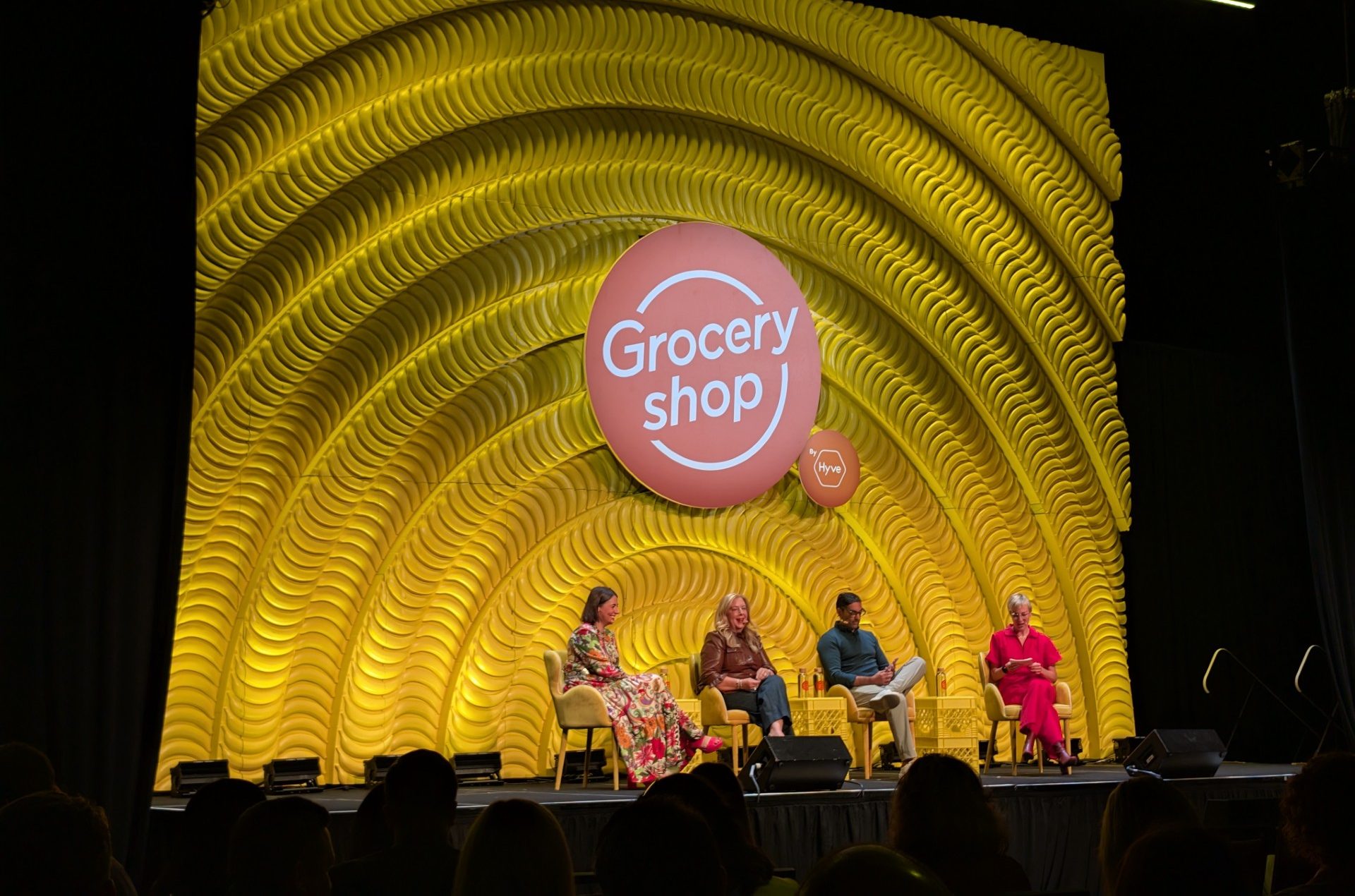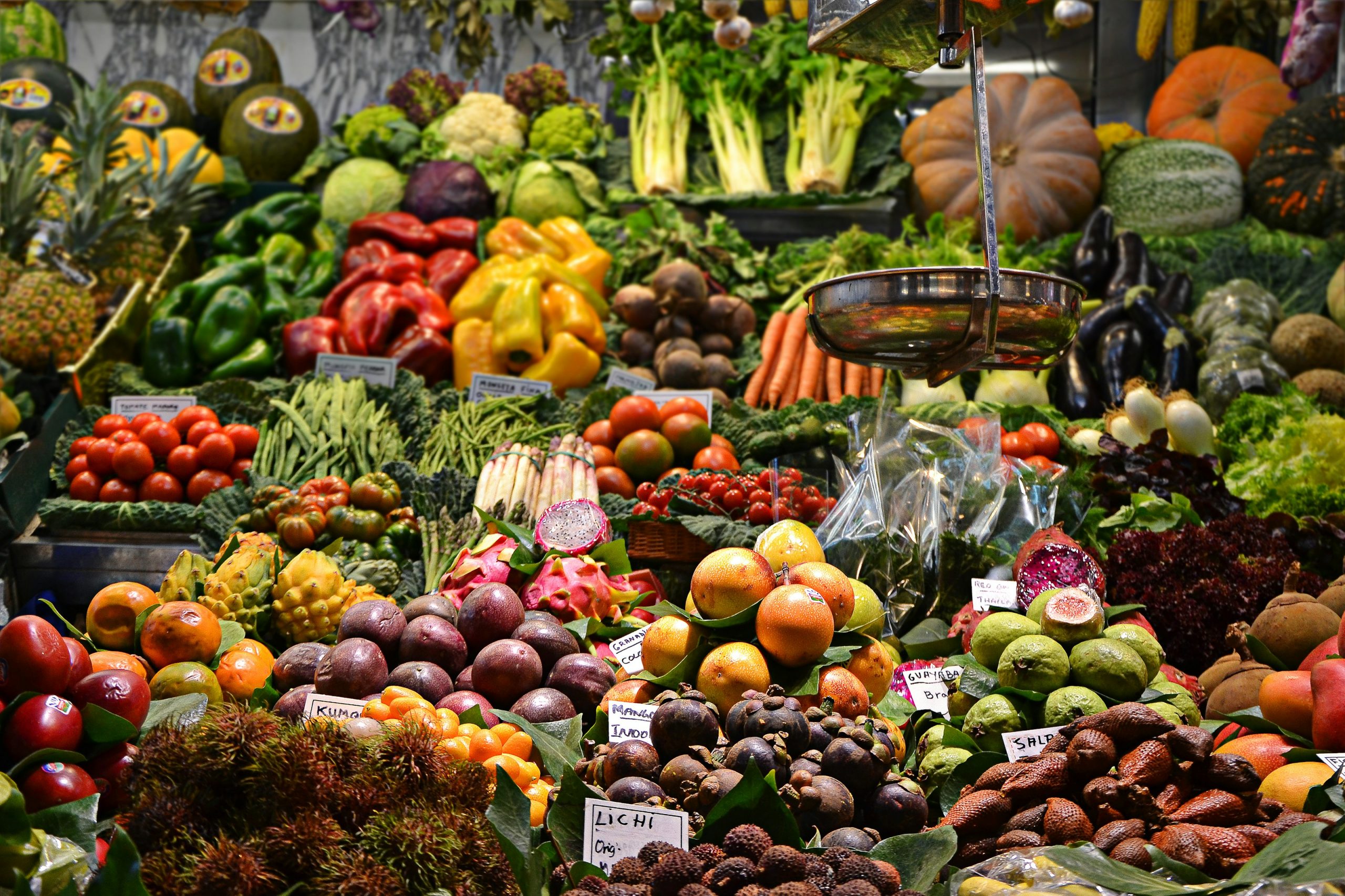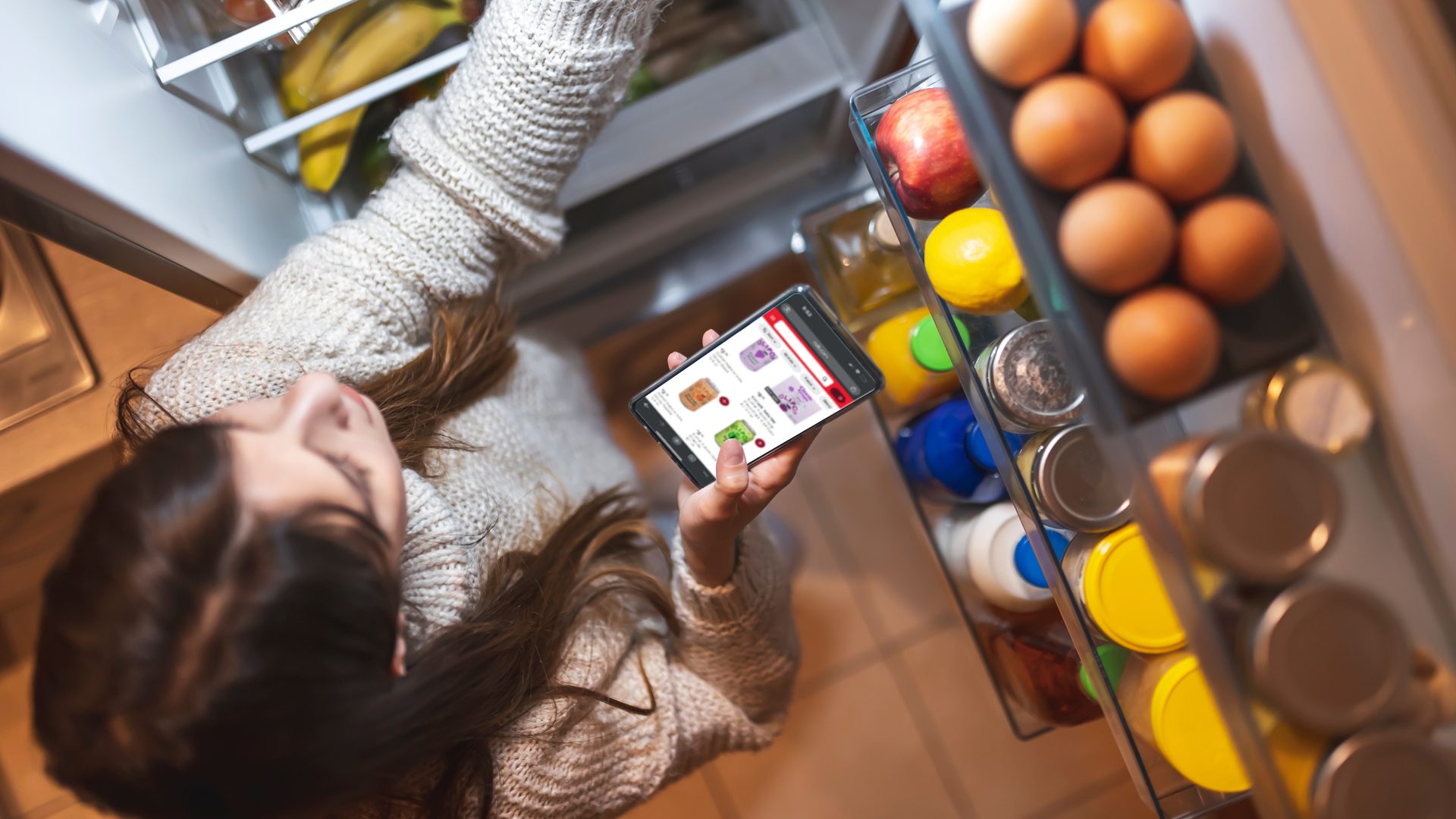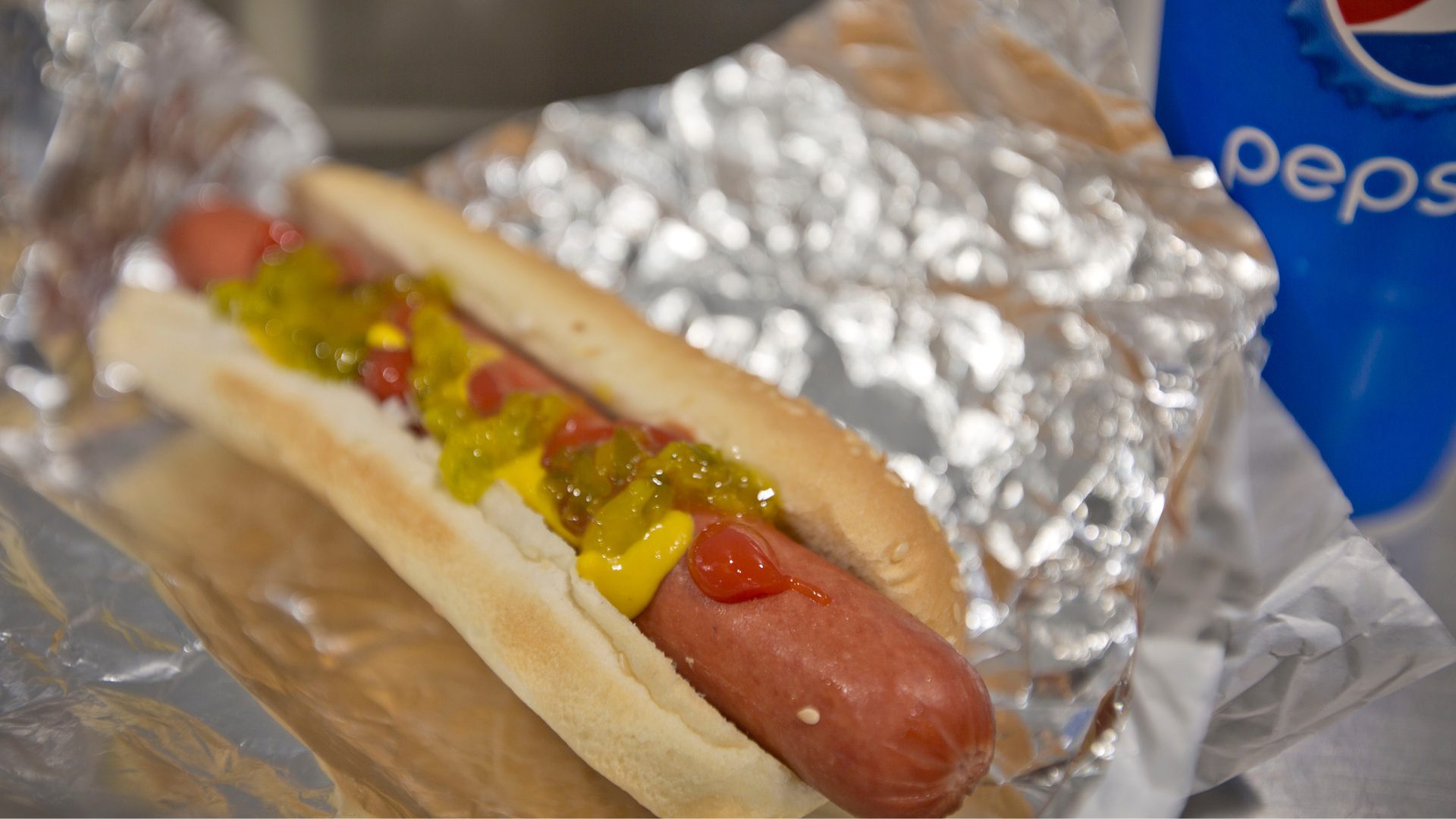LAS VEGAS – At Groceryshop 2025, grocery industry leaders across retail operations, supply chain, and technology came together to discuss the most pressing issues facing the industry.
With the grocery category of tomorrow top of mind, many of these conversations turned to the future of the modern consumer and where technology solutions can step in to enable grocers to better meet shopper needs.
Let’s dive into some of the highlights from the show.
Right Now, Every Shopper is ‘Value Oriented’
Socioeconomic pressures and an overall trend towards value-conscious shopping have motivated consumers across income levels toward new purchasing strategies.
“If you go to an Aldi today, you’ll see quite a few Mercedes,” Danny Edsall, global grocery leader at Deloitte, mused during a conversation on the topic. He explained that Aldi is an example of a retailer understanding the modern consumer and delivering on their needs.
He urged retailers to think deeply about how the shopping experience and product assortment drives value from the consumer experience.
The larger environment has meant that shoppers feel compelled to change their habits. Jennie Bell, managing director for snacking and beverages at NielsenIQ, shared the following:
- 87% of consumers are changing how they shop to save money.
- 49% shop at stores they don’t normally frequent to evaluate sales.
- 72.5% of shoppers are considered either “strugglers,” “rebounders,” or “cautious,” reflecting the challenging retail landscape.
These factors come together to describe the bleak reality, while also underlining the opportunity.
These shoppers are still shopping, and in many cases are even purchasing deeper into retail categories. It’s up to retailers to empower them with the right assortment and experience. The solution: play for value.
Bell highlighted a surprising statistic – 72% of consumers define the value of a product based on “making my life easier.” Value today means something different than before the pandemic. Although price is still a factor, it’s a part of a cluster of other characteristics such as social impact, quality, product mix, and convenience. And very few single retailers deliver on all these diverse needs.
The result, these shoppers are engaging in multiple channels for their grocery runs.
“Shoppers are promiscuous,” said Ryan Draude, head of loyalty and digital at Giant Food.
Draude added that winning in today’s market is less about converting an uncommitted shopper into an evangelist, and more about catering to those incremental purchases while gradually fostering an “emotional level of loyalty” through investments that show how the retailer cares about their customers.
Whole Foods chief merchandising and marketing officer Sonya Gafsi Oblisk noted that the aforementioned shopper is redefining its store format.
“We want our shoppers to walk in and see a sea of yellow,” she said, referring to the sale signs that signal deep discounts across all categories. The company’s approach to value considers both the relative (i.e. pricing between items for premium vs. conventional offerings) as well as the absolute (i.e. the accessible price points.)
Retail Media Networks Now Mean Something Very Different
Bell succinctly summarized the past 10 years of innovation. First it was in-store and online, then in-store, online, and omnichannel, and now today’s market is characterized by a mix of in-store, online, social commerce (social media shopping), and quick commerce (grocery delivery tools).
Similarly, this has complicated the retail media network market.
“People were using retail media and e-commerce simultaneously, but as our needs evolved, so too did the technology,” said Danielle Sporkin, SVP of media and marketing services for Ferrero.
This sentiment was echoed across many conversations on the show floor in Las Vegas, amplifying the power and potential of today’s retail media capabilities.
Sporkin noted that retail media has the potential to supply industry-changing first-party data that can surpass the limit of a retailer’s own website, with applications across social media, and even a national strategy across brick-and-mortar and digital channels to target relevant shoppers with meaningful offers.
But with this new framework comes obstacles.
Sporkin called for industry best practices to guide data collection and utilization that can help streamline implementation.
Co-presenter Katie Neil, head of connected commerce for Coca-Cola, explained that the company has been able to unlock the true potential of retail media once the CPG giant developed its own network, rather than relying on third-party companies with inconsistent tracking metrics. She underlined the biggest headwind to adoption: high-quality, readable and actionable data.
The presenters also noted external factors changing the retail media environment. Social media retail arms, such as TikTok Shop, are one of the biggest motivators of this change. Ajay Sharma, VP of ecommerce and omnichannel for Bayer, for example, called it a “legitimate path to market” in China; however, contended that the U.S. is not quite as developed.
“Walmart and Amazon are 80% of the retail media network ecosystem. TikTok is really disrupting against that,” Neil said.
AI is Changing Everything
A Groceryshop 2025 education session was incomplete without panelists and speakers discussing present and future implications of AI on the grocery space.
At the day 1 keynote featuring Susan Anderson, global head of delivery at Uber, she explained that AI is a core vision for the Uber Eats platform as a tool to improve search function, language capabilities, and create a tailored marketing experience.
Uber is exploring Agentic AI applications with third-party partners. Agentic AI is a highly specified AI agent that is focused on autonomously carrying out a specific function.
Other speakers highlighted that these tools can outperform humans in various tasks and have implications across myriad strategic roles. AI is even revolutionizing how consumers interact and discover products.
Generative engine optimization (GEO) has become a sticking point that every new CPG and retailer will have to deal with in the coming year, as consumers increase their use of generative AI tools such as ChatGPT and Google Gemini.
Lauren Sanvidge, executive director and head of commerce for agency PHD Media, offered a framework to consider how consumers may interact with brands through “the four Cs”:
- Consumer: Evaluate how a consumer uses a language learning model, the types of prompts they give, and where a brand can fit into the equation.
- Content: Structure brand webpages with AI-accessible logic that increases chances of being pulled into a LLM’s prompt.
- Coding: Ensure coding languages of a brand’s digital webpage work with generative AI tools.
- Credibility: Peer- and expert-reviewed platforms over-index on current LLMs, with sites like Reddit having a larger impact on generative AI queries; use this as an advantage.
Many of these tools can help CPGs innovate on their portfolios, improve ROI, and their speed to market. One such technology is digital twins, i.e. predictive AI models that can forecast product performance, a tool already in use on the supply chain side to estimate when machinery will require repairing.
The Food Institute Podcast
How can a food industry trade show spark global culinary creativity? Anuga’s JP Hartmann, U.S. Consul General Preeti Shah, and World Food Championships’ Nikki Jackson share their perspectives on how the U.S. presence at Anuga 2025 is helping to bridge culinary experiences together.











